This page is dedicated to the memory of Bruce Christensen, who passed away Monday, February 8, 2010
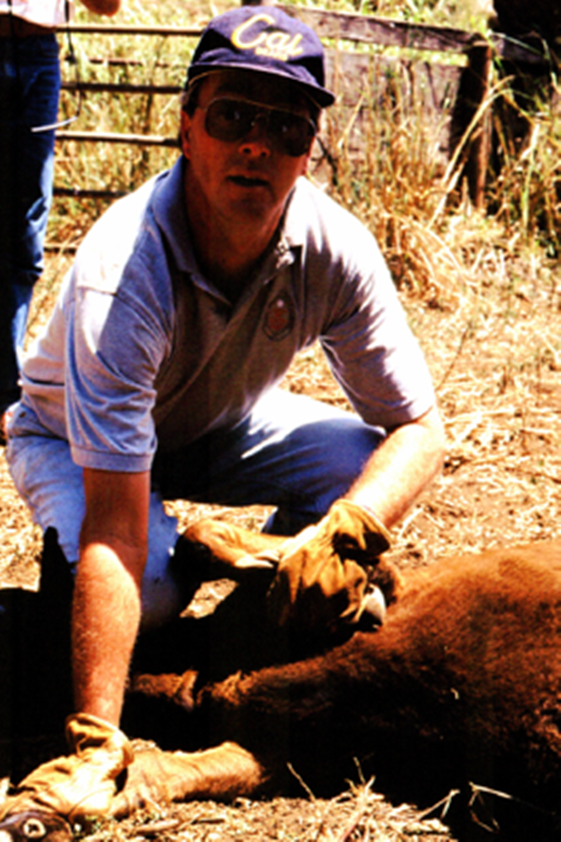
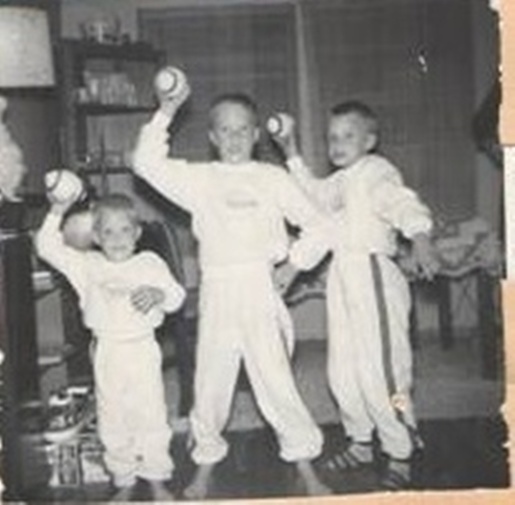
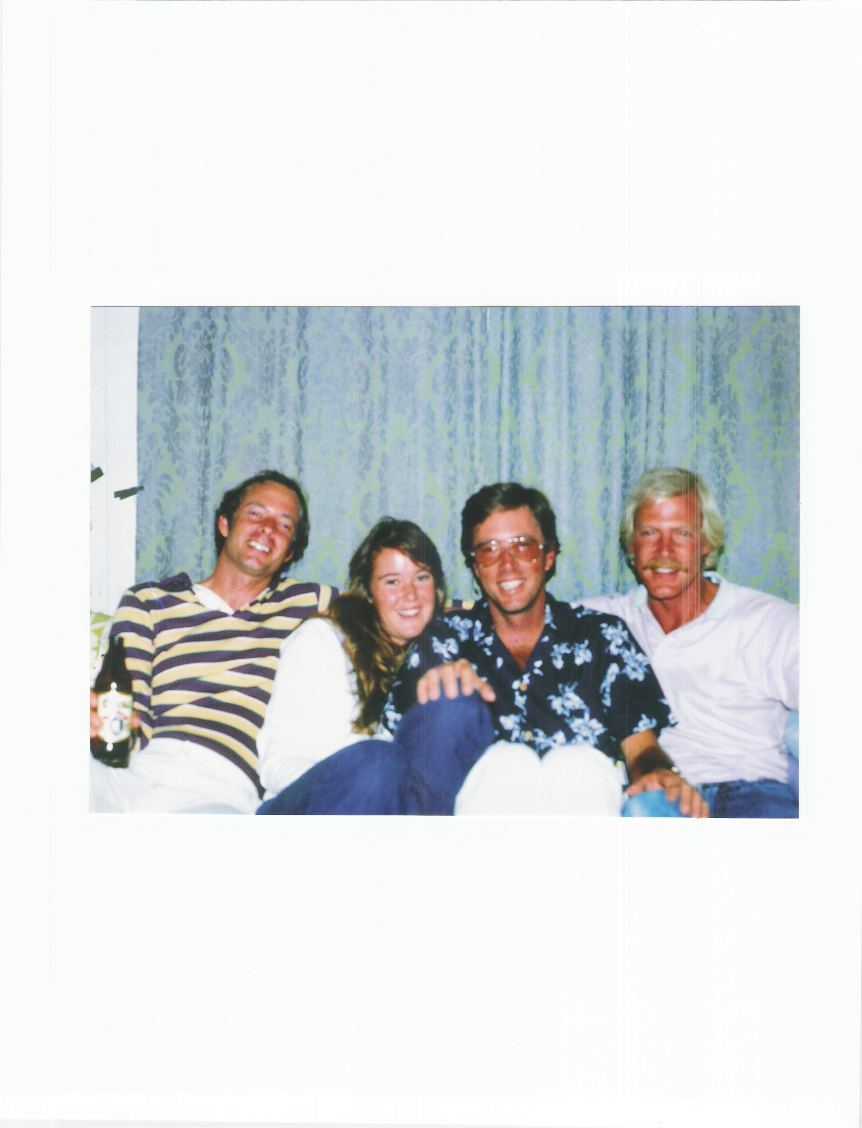
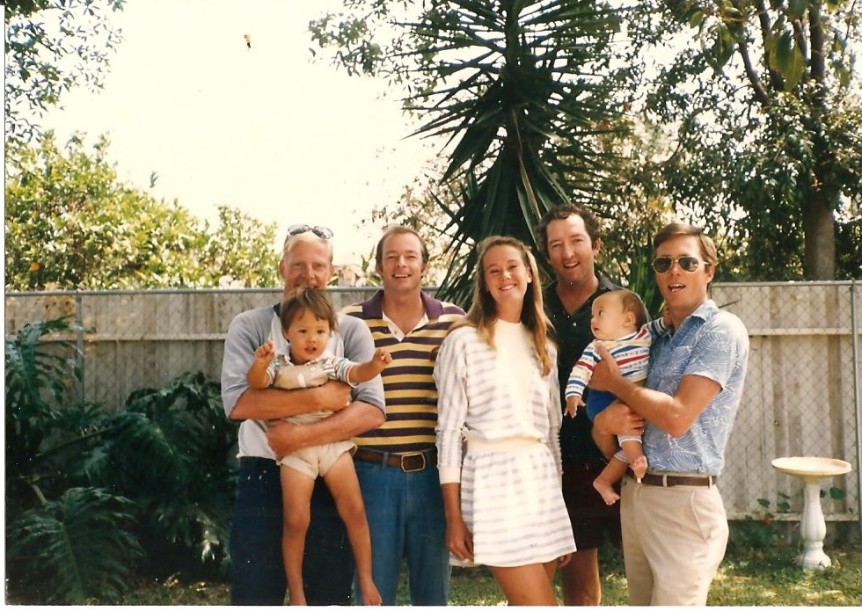
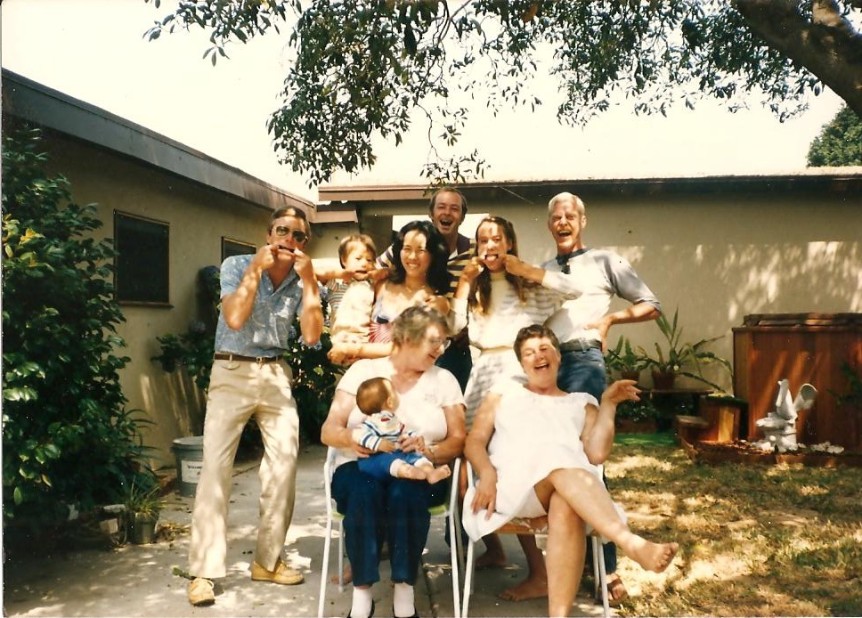
The Value of Time Escapes Us
by Charley Reese
When each human being is born, God opens a checking account in their name and makes a single deposit. The currency is more valuable than gold or platinum. It’s time.
Now, this celestial life account operates quite differently from human checking accounts. There is only one deposit.
The account holder can draw on it, but he cannot add to it. No deposits are allowed, no interest is paid.
The most intriguing thing about it is , we are never allowed to know the balance in our accounts.
We just write checks on it until suddenly one day we are notified that the balance is zero and the account is closed.
Time also differs from human currency, like dollars. When we buy something with money, we can take it back and get a refund.
When we spend time, there is no refund, no exchange, no credit. Whatever we spend our time on we are stuck with forever.
Hours spent watching television, for example, cannot be reclaimed or relived. We have paid units of life for the view, and for better or worse, that’s what we get- memories of sitcoms.
Money can be invested and earn more money, but time cannot. No matter what we do, we cannot increase the balance of our life account by a single second. We can only draw it down. Even if we do nothing but sit in a corner and stare out the window, we are spending time units and drawing down our balance.
Contrary to popular and profitable misconceptions, we cannot manage or save time. No matter what we do, it flows away at the same steady inexorable rate. All we can do is choose what activities we will pursue during the flow of our time units. We can control ourselves, but not time.
Time units do share one thing with money. If we save $1Billion dollars, then 1 dollar seems insignificant. This psychological phenomenon has a name in Economics 101, but I can’t recall it. It just means that the more we have of something, the less valuable each individual unit seems. And “seems” is the key word, for we are talking about perception, not reality.
When we are young and imagine that we have a large balance in our life account, then time doesn’t seem all that valuable. We perceive that we have so much of it, we don’t think twice about idling it away or even wishing fretfully that it would pass more quickly.
It’s only later, when our account has been drawn down a good bit and when we have seen other peoples accounts closed, that in retrospect we sometimes regret the choices we have made.
The Samurai, that stern warrior class that ruled Japan for centuries, had a solution for the problem of discounting the value of time. The Samurai would begin his day meditating on his own death. He would even visualize all the ways he could die on that very day.
That may sound morbid, but it is really a jolly good idea. This crazy, materialistic world is obsessed with planning- daily plans, weekly plans, 5-year plans, retirement plans. The tricky thing about plans is that they lead you to assume that you will be around to complete them, though in fact, at any given moment we don’t know if the balance in our life account is five minutes or 5 years.
Visualizing our own death to start the day will clear away the false assumption that we have all the time in the world. It would help us to appreciate the day we have.
It spurs us to decide what is important and what isn’t. It is a reminder that sharing money is far less generous than sharing time because money is replenish able and time is not.
The funny thing is, children know this while most adults don’t.
(Sent by Teri Christensen, and edited by Wayne Christensen)
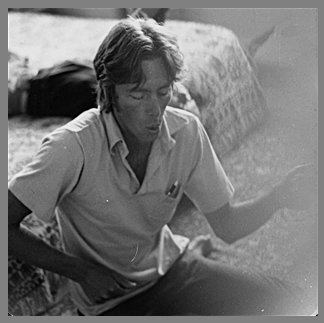
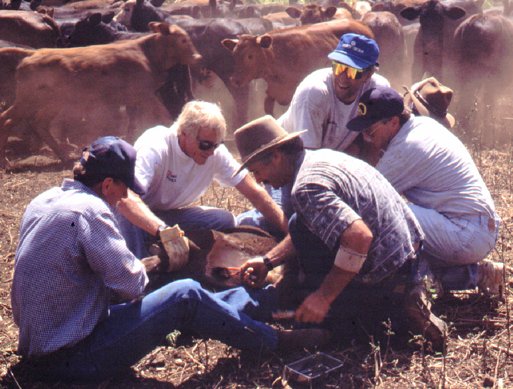
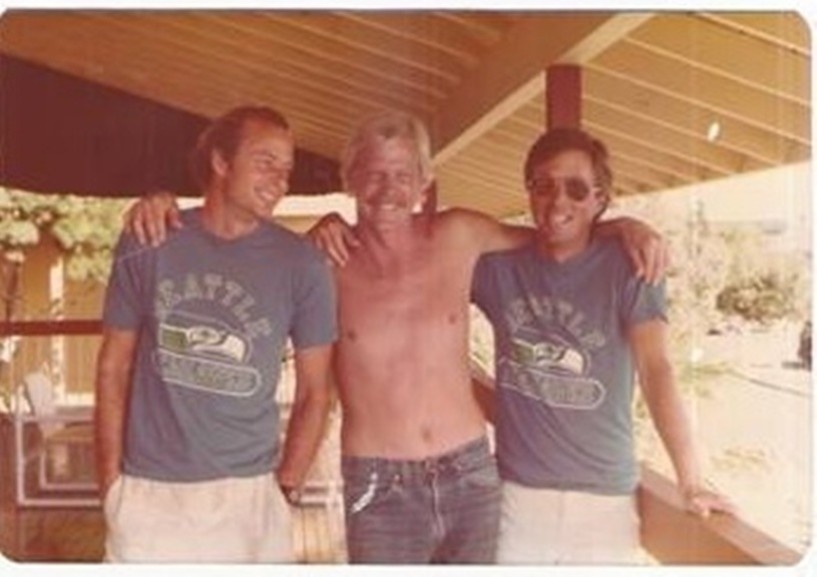
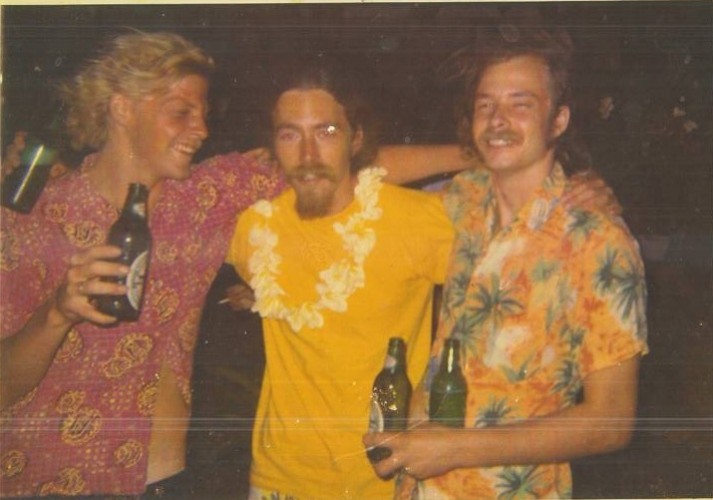
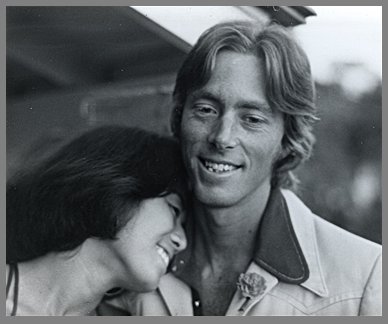
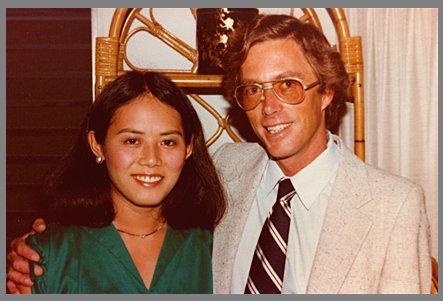
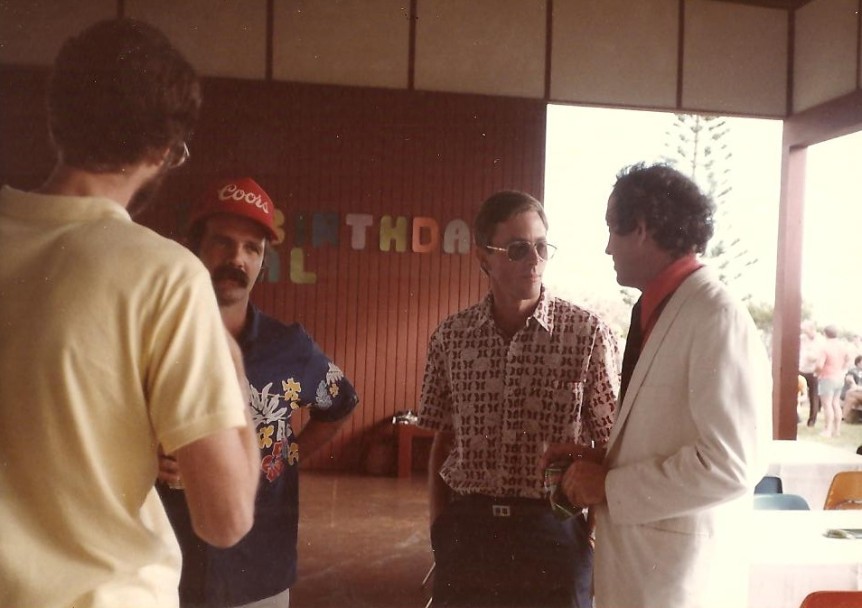
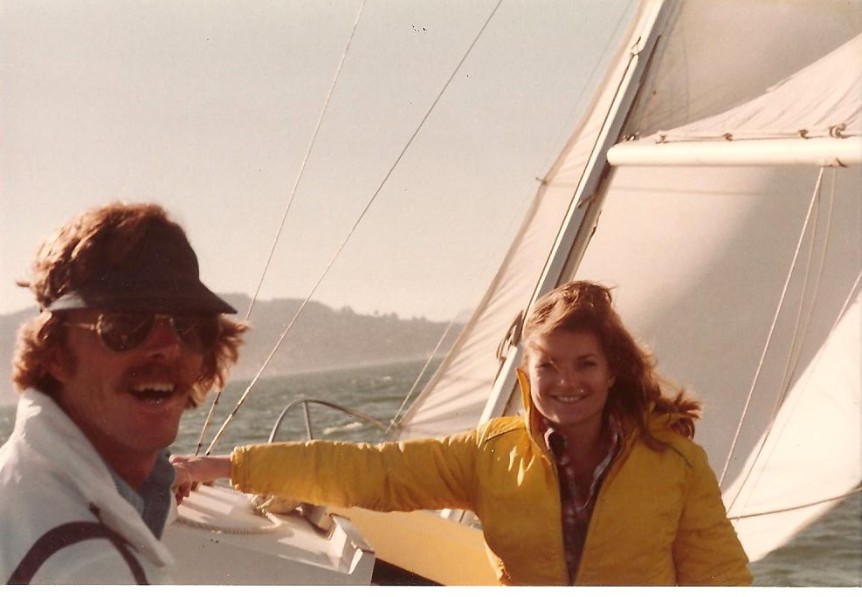
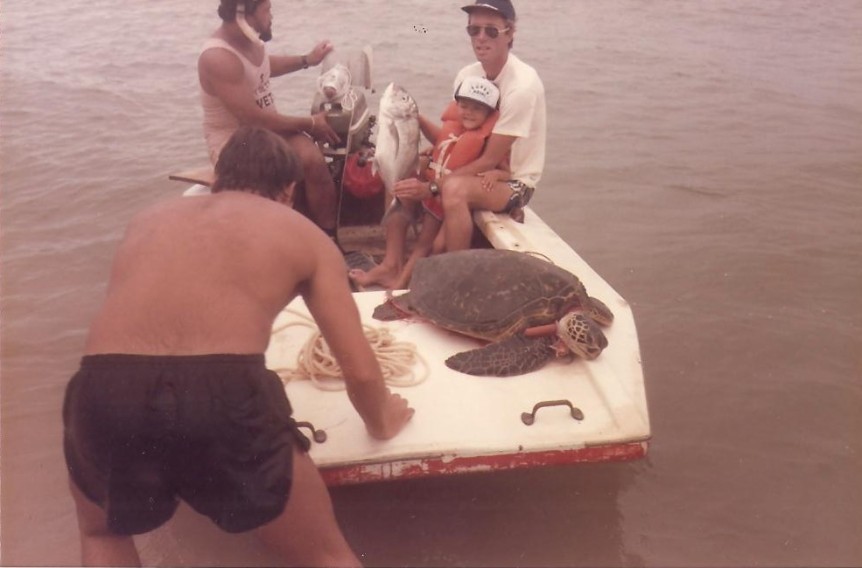
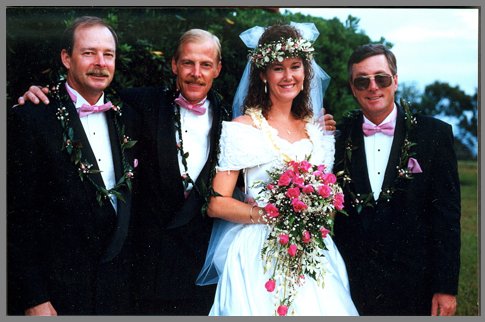
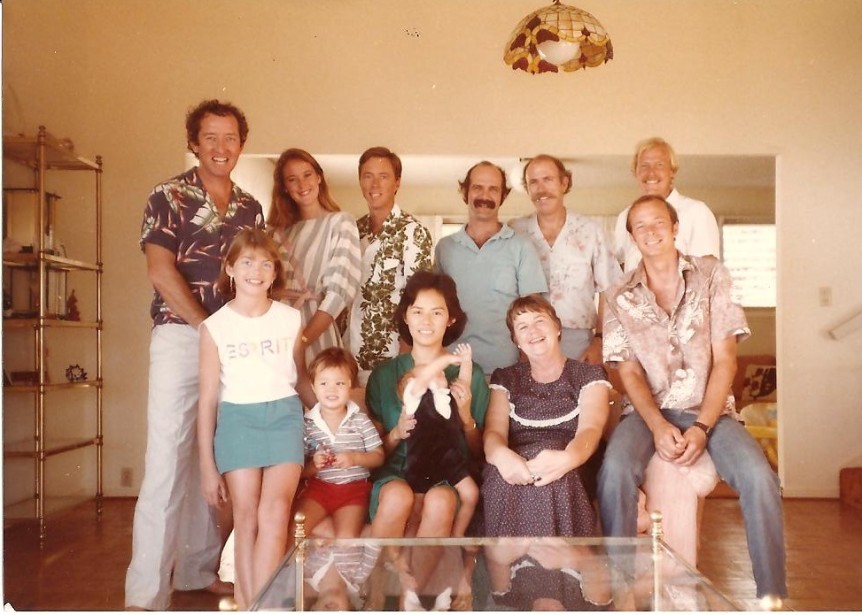
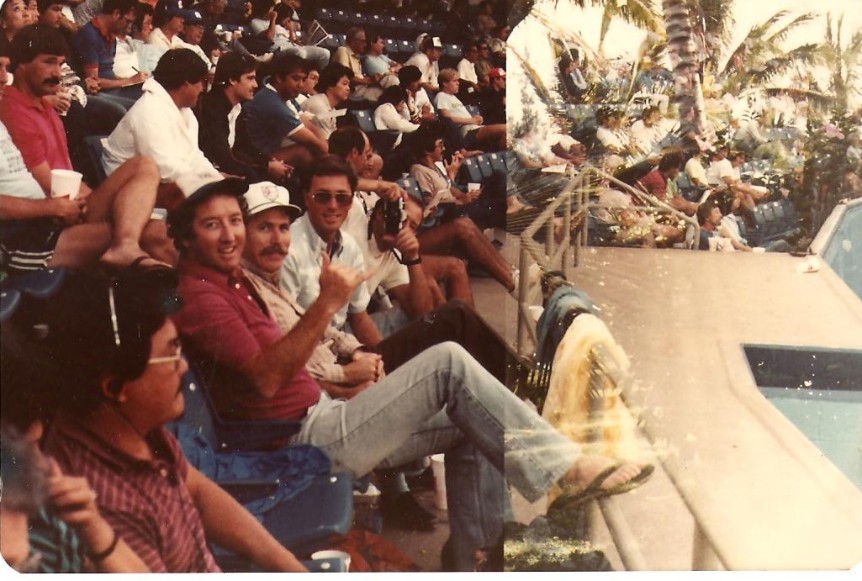
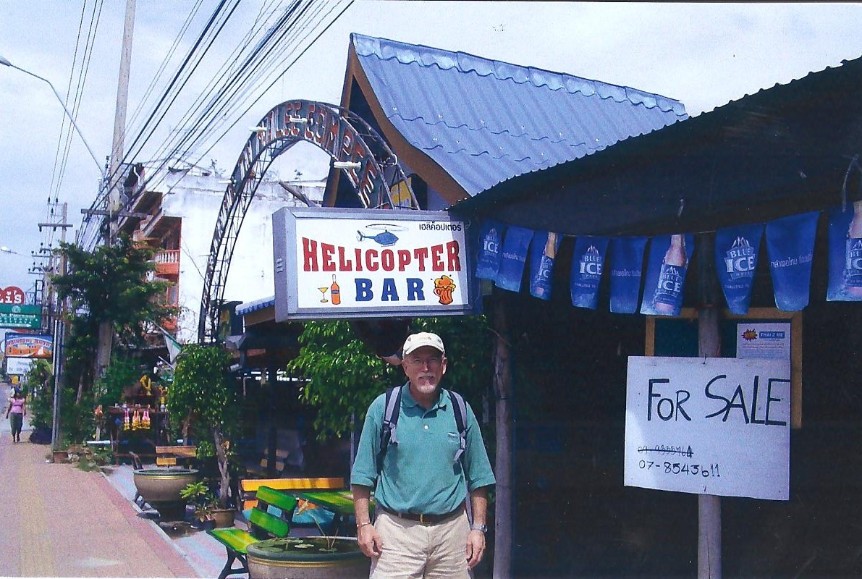
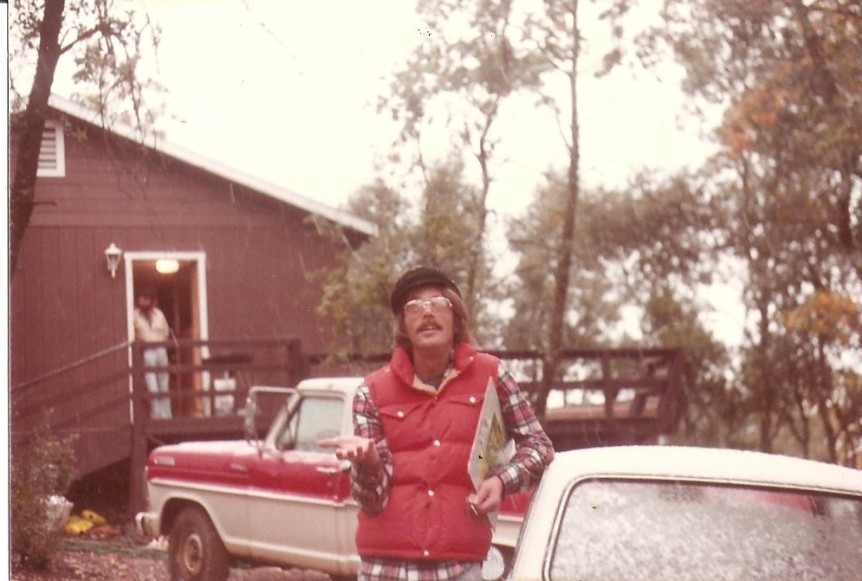
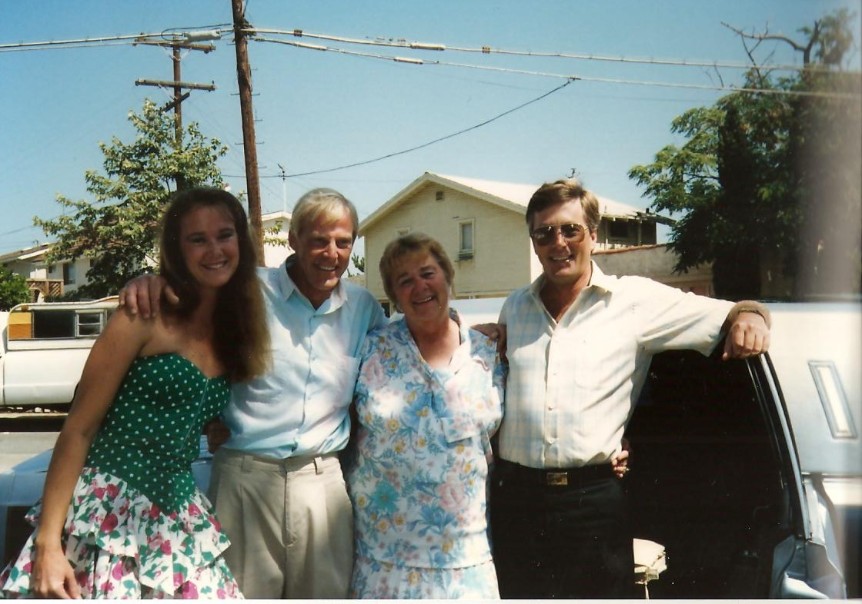
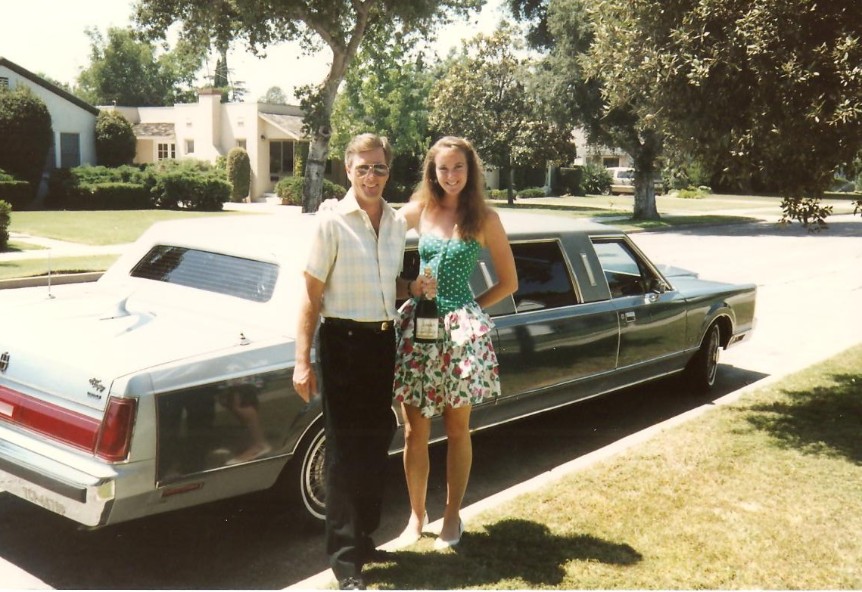
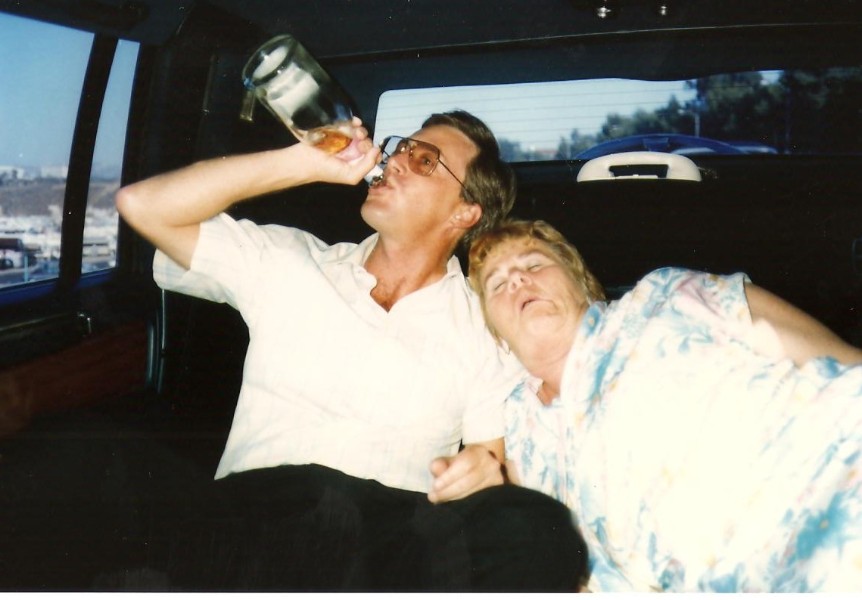
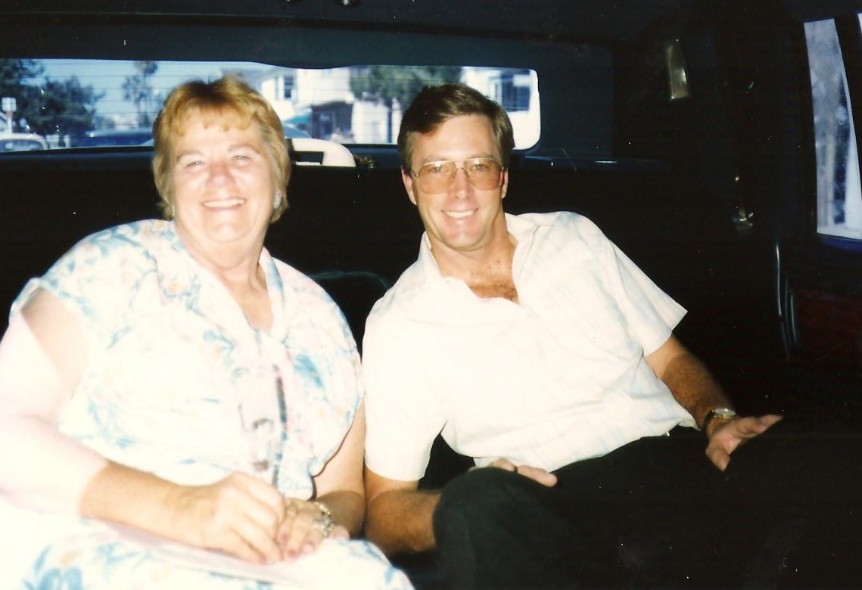
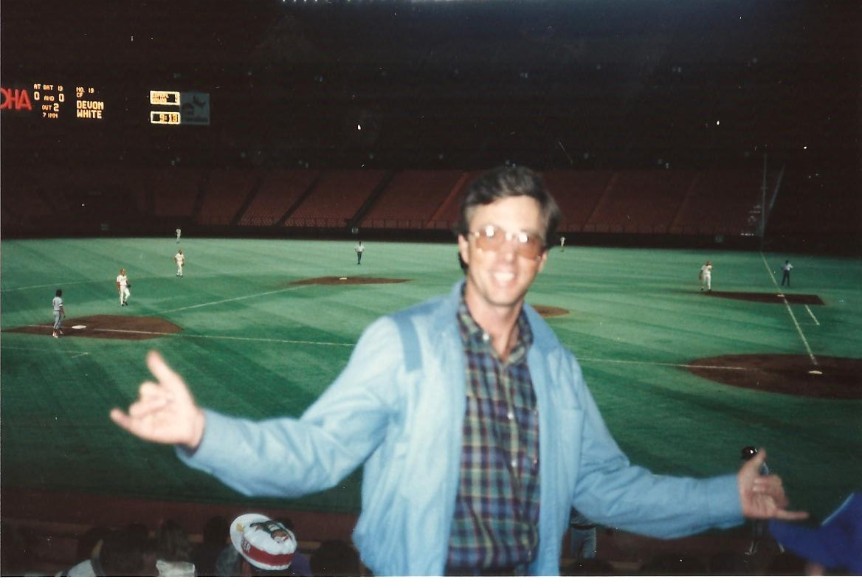
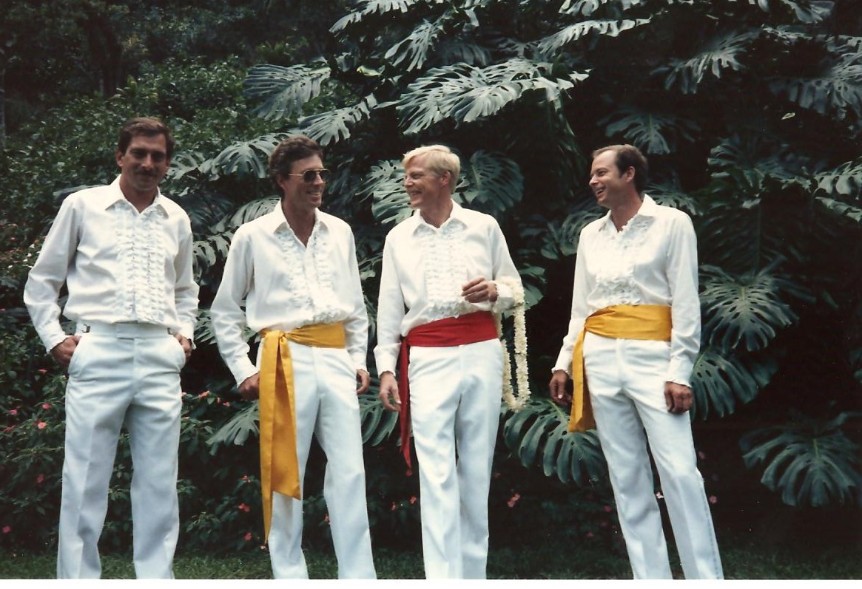
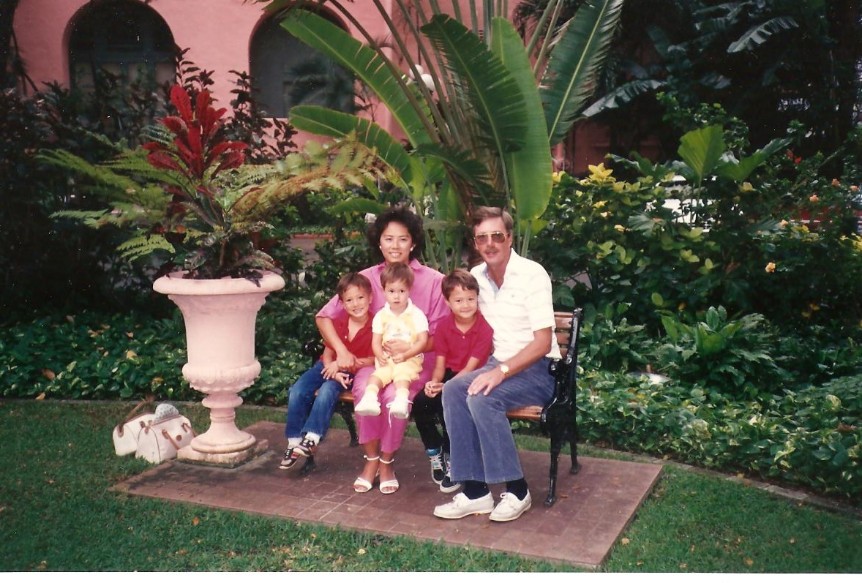

I first met Bruce Christensen on Prince Edward Street in Waikiki, where we rented tiny studio apartments directly across from each other. Bruce lived in his household with Paula, Wayne, Wendy, and their dogs, Bumper and Pako, both of whom were forever having litters. We decided early in our relationship that if I put my key over his door and he put his key above my door, nobody could ever break into our places. It was the beginning of a trusting friendship with a family that I now consider my own.
Bruce had hair down to his skinny ass, and looked like the total hippie, but he was a rough and tumble guy, a concrete worker on high rises throughout Honolulu.
Bruce turned me on to the Diamond Head Crater Festival, where each year our Prince Edward Street artisans had an entire geodesic dome filled with art, crafts, and leather goods for sale. There was always so much fun and activity that it hardly mattered if we sold anything.
Bruce dragged me to places like The Territorial Tavern to see the Beamer Brothers, to the Blaisdell Hotel, where he had an office, to see Olomana, and to HIC, where we met Bill Graham and saw ZZ Top and the Rolling Stones from our seats in the first row.
After Waikiki, I moved to Haleiwa, and Bruce moved up the Street on Prince Edward, where he hung out with his old Mainland buddy John Grant and his new friend Tony Bracken. So one of Bruce’s most dubious honors was to introduce me to both Tony & John.
When Bruce was finally getting tired of the Jungle life of Waikiki, he saw an ad in the Honolulu Advertiser, placed by three University of Hawaii coeds, looking for a fourth female roommate in Manoa. Without hesitation, Bruce answered the ad, and the next thing anybody knew he, had three female roommates. But as everyone should know, one of those roommates was Kathy Nakagawa, who Bruce fell in love with and married, producing three fantastic sons.
When I was doing my student teaching in Molokai, I lived in a big plantation style teachers’ cottage for $25 a month, and many visitors came from Oahu to explore the Friendly Isle. One time Bruce and Kathy came to Molokai to visit from Manoa. I invited them to a Friday night student party on the beach. When the refreshments ran short, Bruce and I decided to go for more. I made a careless turn, cut off a driver, and ended up on the wrong end of the Kaunakakai Pier, where we had to literally fight our way though an angry bunch of fishermen. When we got back to the party I didn’t even have a shirt left on. But Bruce looked unscathed. He was a much better fighter than I was.
That’s another thing: Bruce was never intimidated by anyone or anything. Whether he was working on 50 ton concrete forms at Valdastri or making an oral presentation to the Chamber of Commerce, he was truly fearless.
After they were married, Bruce and Kathy moved to San Rafael, and he became a student at San Francisco State University, where he earned a degree in Business Administration. They say that being a student presents you with the most irresponsible time of your life. Newlyweds and not yet parents, Bruce and Kathy had many happy times in the San Francisco Bay area. I was living in Grass Valley, California, at the time, so it was only natural that Bruce and I buy a sailboat and put it in a slip in Sausalito. We had a blast sailing somewhat responsibly on San Francisco Bay, except for dropping people overboard once in a while, and occasionally hanging BA’s in front of unsuspecting passengers on the Ferries.
At that time, as a hobby, I operated a worldwide sailing placement club, (This was years before the Internet), and Bruce thought the club was the perfect small business model for his final senior class project. He procured big advertising, produced a slick handout, and developed a business plan like no other. He got an A in his project and was awarded his degree that year. Three months later the sailing club went under, (no pun intended).
After graduation, Bruce and Kathy decided to move back to Hawaii, where they bought a home on Waialae Nui Ridge. It became for years the Christensen family hangout for Christmas, Thanksgiving, and other construction projects.
Then I moved back to Hawaii and started looking for work. Bruce was responsible for getting me a job as a painter for a big Honolulu contractor. From that job, I made enough money to move back to Waialua on the North Shore, and shortly after, was hired at Leeward Community College.
During those years, Bruce had season tickets for University of Hawaii Baseball in their new stadium on campus. We met every Friday night in our front row seats behind the first base dugout. I always thought this to be one of the happiest times for Bruce.
Then, to make things even better for Bruce and Kathy, one by one, along came three sons, Eric, Neal, & Dane. Kathy of course was a wonderful mother, while Bruce, the loving Dad, was one of the most obsessed soccer coaches and League Presidents anyone in AYSO ever heard of. But then he did everything with intensity. He took the boys most everywhere with him, and they were always pals.
On my 40th birthday I was at Leeward Community College, toiling at a corner desk in a language lab with 120 students, when in walked a uniformed female police officer. She asked my name, then she turned on a little stereo and started stripping. Out of the corner of my eye I could see Bruce in the doorway, and I thought, Oh No! a Peel-O-Gram. The students loved it, all 120 of them. When she was finished, Bruce disappeared, having given me a most bizarre present and for himself a good laugh and story.
After I married Veda and moved to the Mainland, I didn’t see much of Bruce, but time marches on. Bruce decided to live in Asia. As much as he returned to Hawaii, he couldn’t stay away from the Orient. We all have friends who decide to get away and live in Cabo or Europe, but not Bruce.
Comfortable in any social or cultural situation, Bruce never seemed to be depressed, and was unapologetic about his life. He seemed to live it just the way he wanted.
The last time I saw Bruce was when we took Maxine’s ashes out from Newport Harbor. We talked much on that trip, and Bruce seemed his same irrepressible self. It was on that trip to scatter his mother’s ashes that he announced that when he was gone, he wanted a song played at his memorial, “Don’t Fence Me in.” Written by Cole Porter, it is often associated with cowboy types. Now I’ll always think of Bruce any time I hear it.
Veda
and I send our best wishes to my brother Bruce’s friends and family, and please
know that Bruce is with you forever in spirit. I join you today celebrating the
life and liftoff of Bruce Rex Christensen.
Gene Meyer